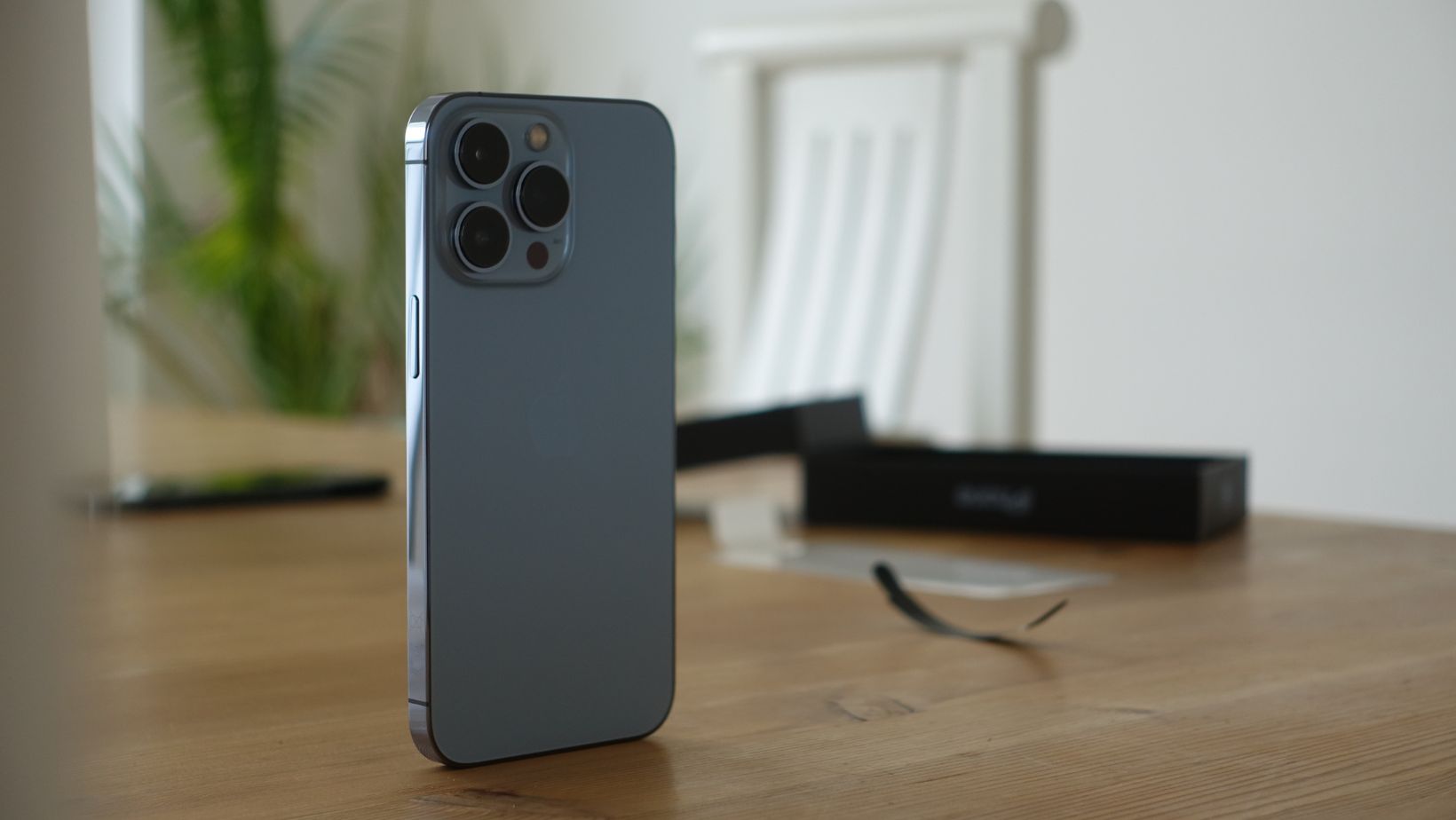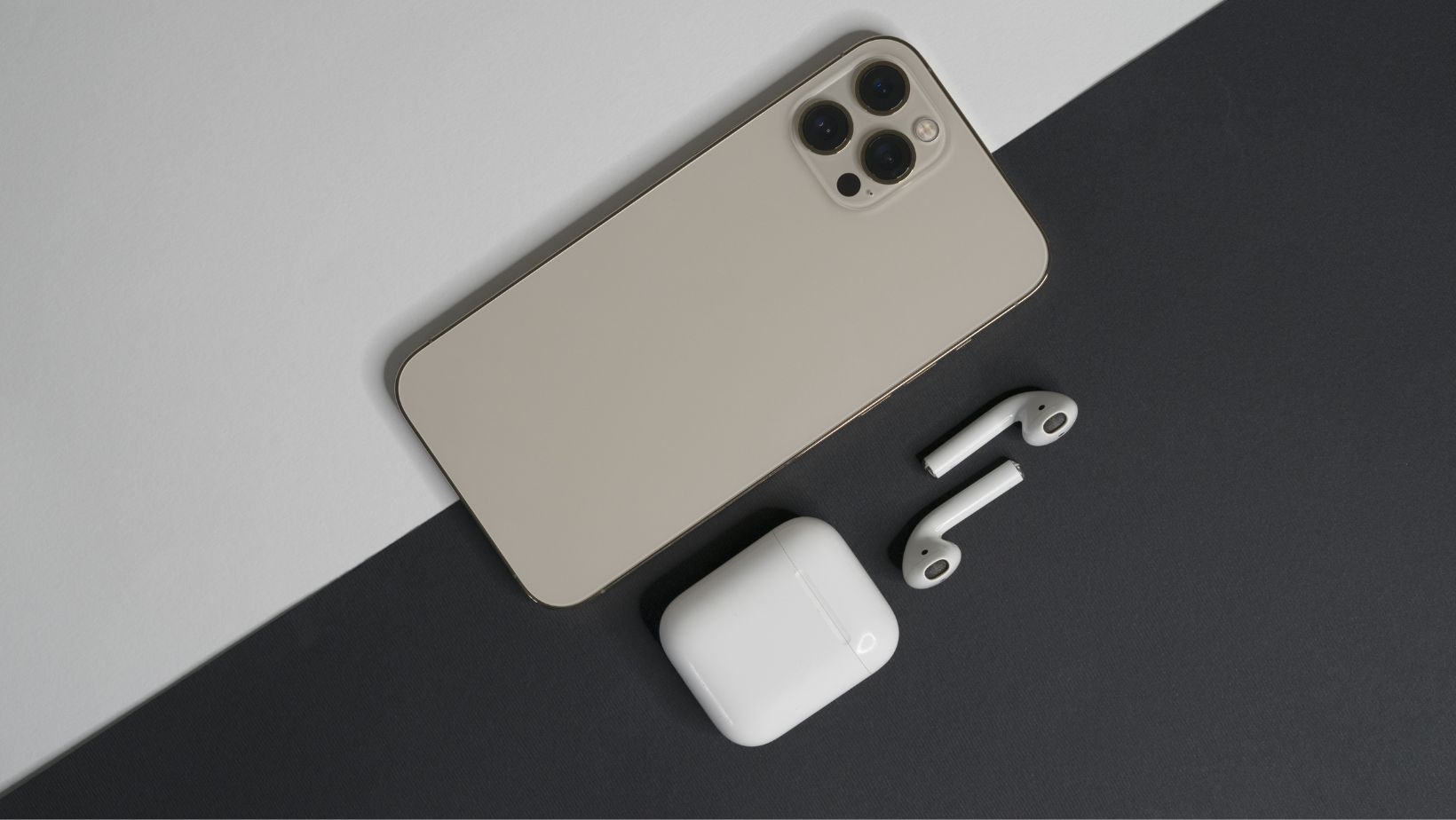Choosing the right financing plan for a new iPhone is a crucial decision. Whether you’re targeting the latest model or a budget-friendly iPhone installment option, aligning a plan with your finances is important. This guide explores factors such as budget, needs, and different financing options. We’ll help you make an informed decision without feeling lost.
Decide Your Budget And Needs
First, evaluate your financial situation. Understand your monthly income and expenses. Setting a realistic budget for your iPhone helps prevent overspending. Once you have clarity, identify what you need from the phone. Are high-end features essential, or will a basic model work? Consider storage requirements and desired features. This step lays the foundation for a smart financial choice.
It’s also wise to think about your iPhone usage habits. If you’re a power user who constantly pushes your device to its limits with demanding apps and heavy multitasking, you may want to invest in a higher-end model with more RAM and processing power.
On the other hand, if you mainly use your iPhone for basic tasks like calling, texting, and light web browsing, a more affordable model could suffice. Being honest about your needs will help you avoid overspending on features you won’t utilize.
Exploring Various Financing Options
Several financing methods exist, each with its pros and cons. A common method is credit card financing, though it often comes with high-interest rates. Another option is ‘Buy Now, Pay Later.’ This flexible choice allows spaced-out payments without impacting your credit score, using platforms like Abunda. Understanding these methods helps weigh the benefits and drawbacks specific to your situation.
If you have a good relationship with your bank, it’s worth exploring their personal loan options for financing your iPhone. Banks often offer competitive interest rates, especially if you have a strong credit history. Some banks even have specialized loans for purchasing electronics.

Another route to consider is leasing programs offered directly by Apple or your wireless carrier. These plans allow you to spread the cost of your iPhone over a set period, often with the option to upgrade to a new model after a certain amount of time. While leasing can result in lower monthly payments, be mindful that you won’t own the device outright unless you pay a larger sum at the end of the lease.
Compare Offers From Different Retailers.
After deciding on a budget and understanding financing methods, compare retailer offers. Major carriers often provide exclusive deals but check for contract terms and hidden fees. Third-party sellers offer competitive rates, too. Some platforms provide installment options that don’t impact your credit. Comparing interest rates and payment flexibility can get you the best deal without surprises.
Don’t forget to factor in any trade-in offers when comparing iPhone deals. Many retailers and carriers will give you a significant discount on a new iPhone if you turn in your old device. The exact amount will depend on the model and condition of your current phone.

Even if your old device is cracked or not functioning properly, it may still have some trade-in value. Before committing to a particular offer, calculate the total cost over the life of the financing plan, factoring in the trade-in value, to get a clear picture of which deal will save you the most money in the long run.
Making Informed Tech Decisions: Beyond The Price Tag
Choosing the right phone plan goes beyond just the monthly cost. Here’s how to ensure you get the best deal for your needs:
- Analyzing the fine print: Don’t get caught off guard by hidden fees! Read the fine print to understand the total cost, including interest, fees, and potential penalties for late payments or early termination. Make sure you understand the terms around upgrades and plan changes, as well as return policies and warranty coverage.
- Planning for future upgrades: Are you someone who likes to have the latest tech? Consider upgrade options when choosing a plan. Some carriers offer features like easy phone upgrades or trade-in benefits to cater to frequent upgraders. Planning for future upgrades ensures you can enjoy new technology without getting stuck in a long-term contract for an outdated phone.
- Seeking expert advice and user feedbacks: Don’t go it alone! Leverage the knowledge of the tech community. Tech bloggers, analyzers, and unboxing videos offer valuable insights and real-world perspectives to help you make an informed decision. Consulting friends and family with similar needs can also provide practical advice. Finally, share your research and experiences to help others make informed tech choices as well.


More Stories
Exploring Alternatives: Similarities and Differences with Traditional Adult Content
Transforming Data Management with Modern Data Platforms
How Consumer Intelligence Platforms Improve Product Development